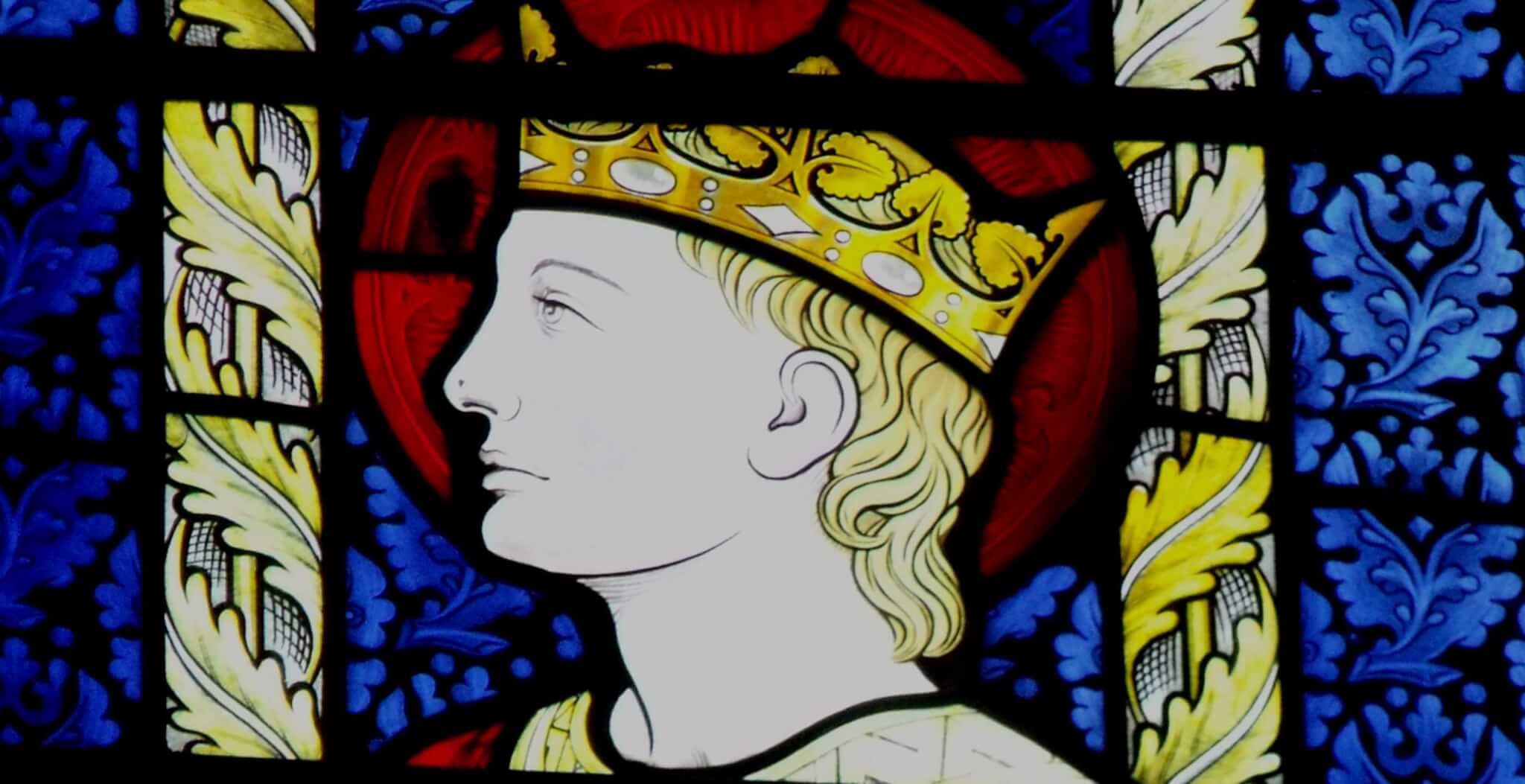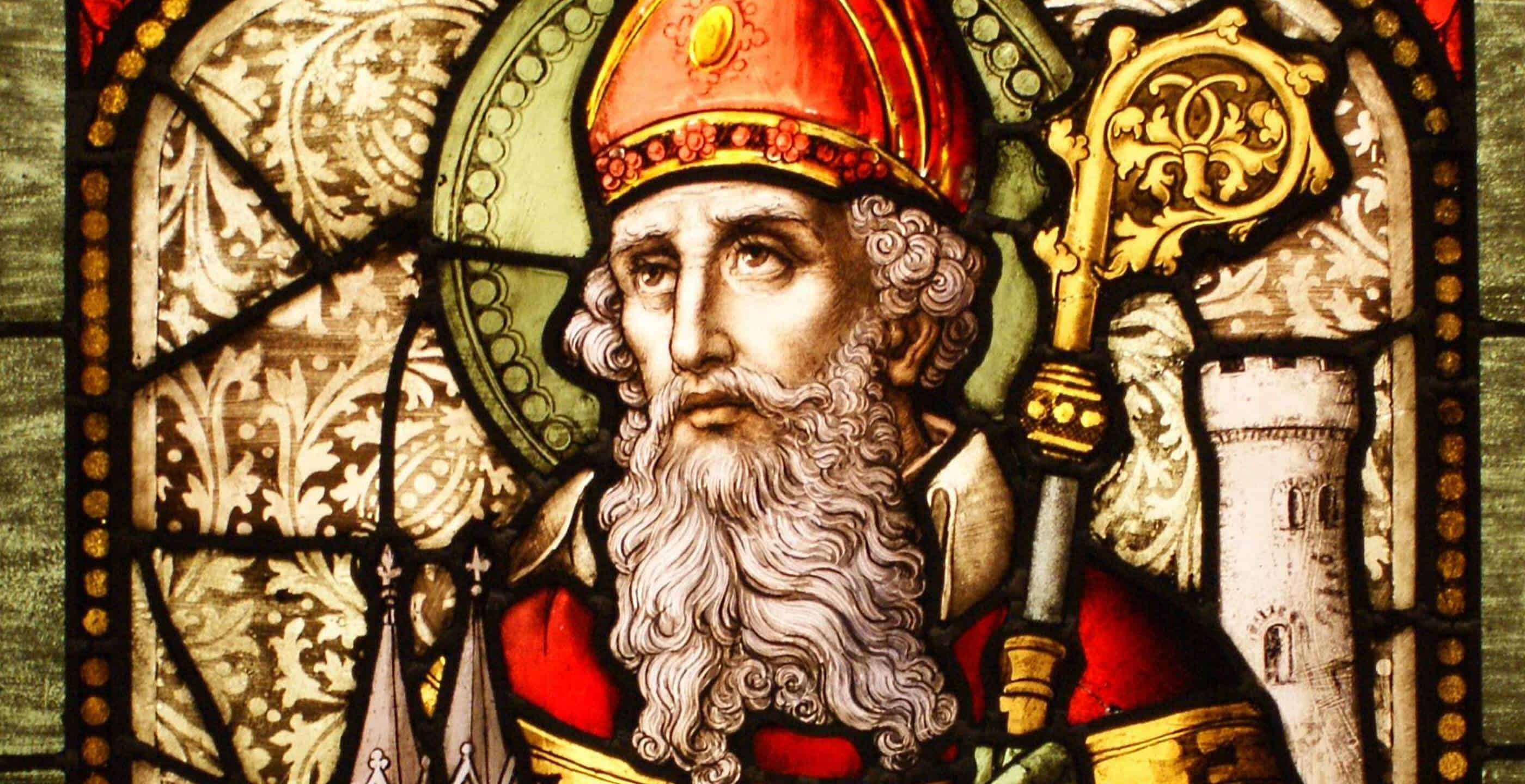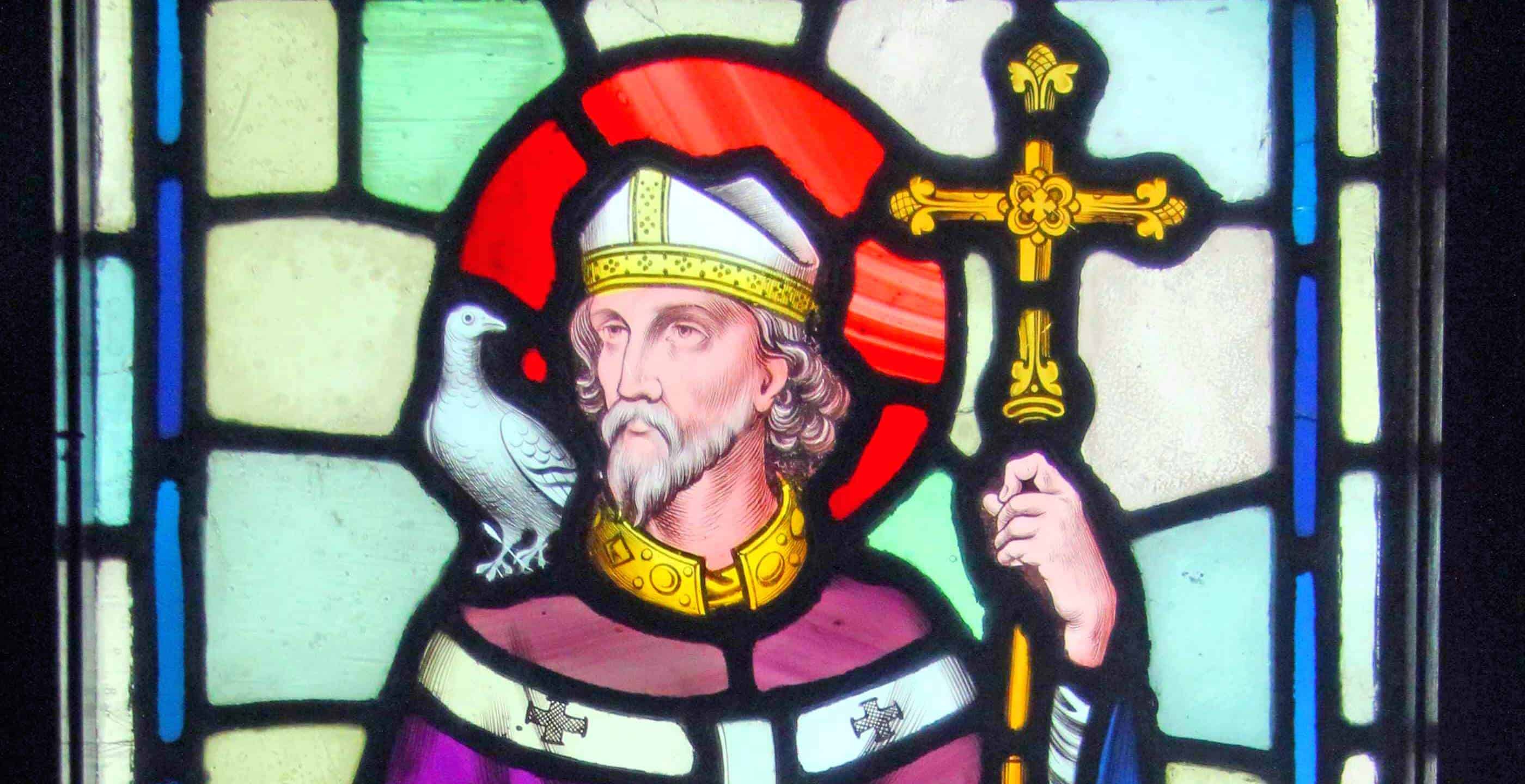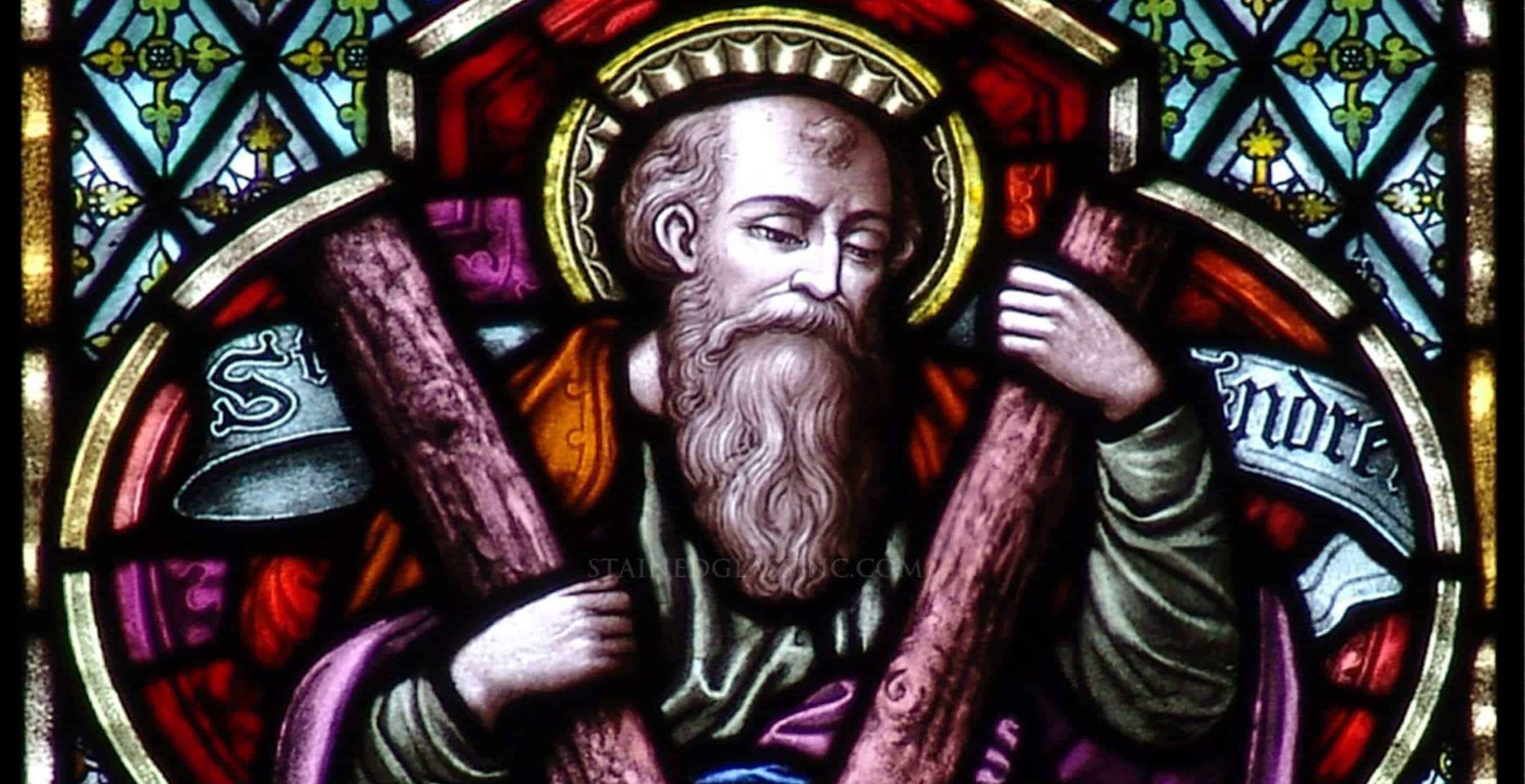It is commonly accepted that St George is the Patron Saint of England. We celebrate St George’s Day on April 23rd when the red cross of St George flies proudly from the flag pole. But should we instead be raising the White Dragon flag on November 20th?
It is surprising to learn that St George was not the first patron saint of England. That honour was originally held by St Edmund, or Edmund the Martyr, King of East Anglia in the 9th century AD.
Born on Christmas Day 841 AD, Edmund succeeded to the throne of Anglo-Saxon East Anglia in 856. Brought up as a Christian, he fought alongside King Alfred of Wessex against the pagan Viking and Norse invaders (the Great Heathen Army) until 869/70 when his forces were defeated and Edmund was captured by the Vikings. He was ordered to renounce his faith and share power with the pagan Vikings, but he refused.

According to the 10th century account of the saint’s life by Abbo of Fleury, who quotes Saint Dunstan as his source, Edmund was then bound to a tree, shot through by arrows and beheaded. The date was 20th November. His decapitated head is said to have been reunited with its body with the help of a talking wolf who protected the head and then called out “Hic, Hic, Hic” (“Here, Here, Here”) to alert Edmund’s followers.
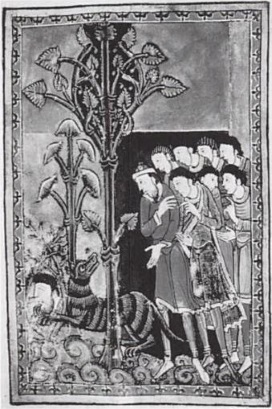
It is uncertain where he was killed; some accounts state Bradfield St Clare near Bury St Edmunds, others Maldon in Essex or Hoxne in Suffolk.
What is known is that in 902 his remains were moved to Bedricsworth (modern Bury St. Edmunds) where King Athelstan founded a religious community to care for his shrine which became a place of national pilgrimage.
King Canute built a stone abbey on the site in 1020 to house the shrine. For centuries Edmund’s resting place was patronised by the kings of England and the abbey became increasingly wealthy as the cult of St Edmund grew.
Such was the influence of St Edmund that on St Edmund’s Day in 1214 rebel English barons held a secret meeting here before going to confront King John with the Charter of Liberties, the forerunner to Magna Carta which he signed a year later. This event is reflected in the motto of Bury St Edmunds: ‘Shrine of a King, Cradle of the Law’.
St Edmund’s influence began to fade when, during the Third Crusade in 1199, King Richard I visited the tomb of St. George in Lydda on the eve of battle. The next day he won a great victory. Following this triumph, Richard adopted St. George as his personal patron and protector of the army.
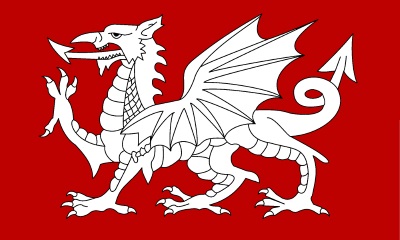
White Dragon Flag of England. Based on a legend in Geoffrey of Monmouth’s “History of the Kings of Britain”. Licensed under the Creative Commons Attribution-Share Alike 3.0 Unported license.
Although the banner of St. Edmund was still carried into battle by the English army, by the time of Edward I it had been joined by the flag of St. George.
In 1348, Edward III founded a new order of chivalry, the Knights of the Garter. Edward made St George the patron of the Order and also declared him Patron Saint of England.
What became of Edmund? During the Dissolution of the Monasteries under Henry VIII, his remains were removed to France where they remained until 1911. Today they are kept in the chapel in Arundel Castle.
But St Edmund has not been forgotten.
An attempt was made in 2006 to have St Edmund reinstated as patron saint of England. A petition was handed into Parliament but it was rejected by the government.
In 2013 another campaign was launched to reinstate St Edmund as patron saint. This was the ‘St Edmund for England’ e-petition, backed by the Bury St Edmunds based brewery, Greene King.
This tongue-in-cheek yet serious campaign questioned whether St George, patron saint of 16 other countries, ever even visited England. It suggested he should be replaced by an Englishman, and who better than the Anglo-Saxon martyr-king St Edmund.
